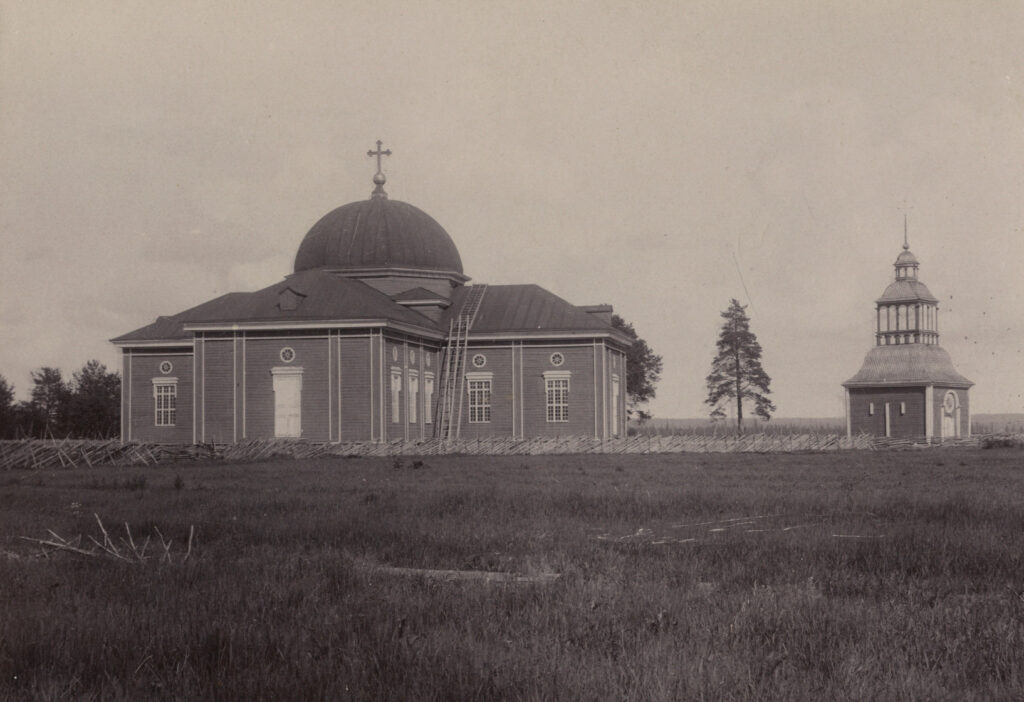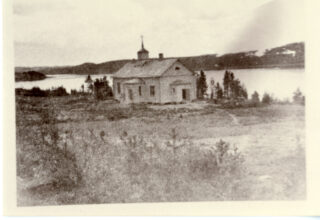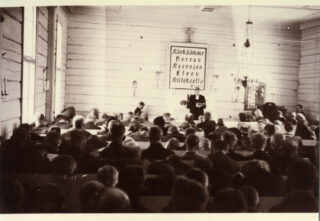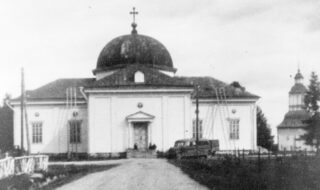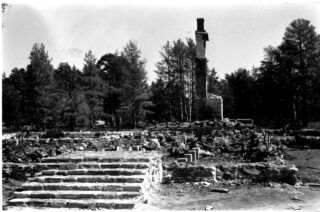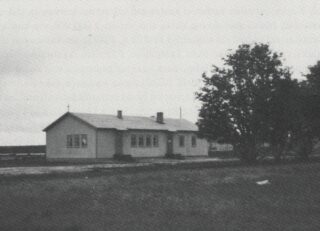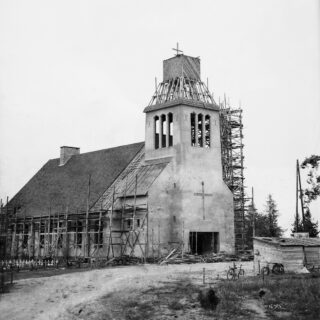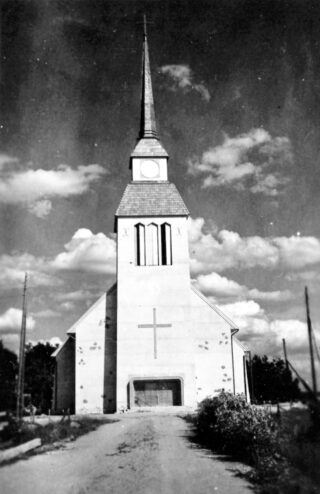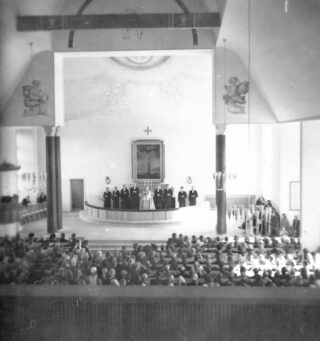In December 1685, the vicar of Kemi, Johannes Tuderus, conducted a provost inspection in Kuusamo, in connection with which the parishioners gave a promise to acquire the logs needed for the construction of the church that same winter. The congregation’s first church building, a temporary so-called pulpit was then completed in Torangintaipale. The location was 2,5 kilometres south-southeast of the current church on the isthmus between Tolpanniemi and Lake Kuusamojärvi. The year of completion was 1689. A vicarage was also completed in 1691 in connection with this small pulpit. In 1692, the parish began to be called the Kuusamo Lapland parish named after its central location.
At the end of the 17th century, the parish was based on the ever-increasing number of settlers moving to the region instead of the Sámi population. The settlement was already quite expansive in the 1680s and vicar Cajanus strongly tried to promote it. The protocol of the above-mentioned provost inspection mentions that approximately 34 families and 194 people lived in the area at the time.
The planning and implementation of the actual church building began in the 1690s during the time of the parish’s third vicar, Samuel Julenius. The church was built after a dispute between the parishioners and the vicar on the new, current site of the church on Samostenperä beach in Kirkkolahti. The church was completed in 1694 and inaugurated in 1695. The length and width of the church were 17,22 and the height 5,94 meters. According to the history book of the parish, the Inari chapel church in Pielpajärvi, completed in 1760, probably had a similar church building. At the beginning of the 18th century, during the tenure of Sigfrid Bonelius, a peasant’s house located next to the church was bought as a vicarage for the vicar.
In the 1750s the church started to become cramped, and extensive repair work was carried out in 1767–1768. The overcrowding of the church continued to be a problem in the 1780s, and in 1787 during the provost inspection, the construction of a new church was recommended.
The construction of the new church probably started in 1798 and it was inaugurated on February 26th, 1804. The new church was significantly larger than its predecessor, with a length of 36,82 and a width of 34,44 meters. The church could hold 1 200 people.
In 1935, a major renovation of the church was completed, and in this connection the church received central heating. This so-called “old church” was destroyed in 1944 during the Second World War.
